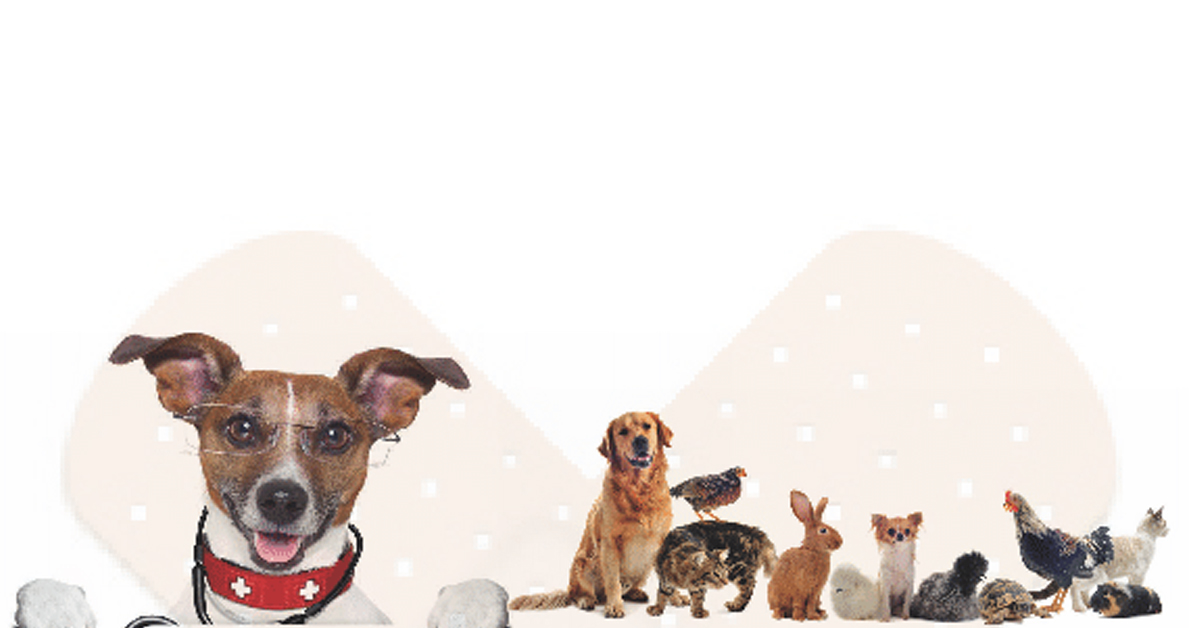A large & mostly unaccounted for number of street dogs, cats and other animals die every day, either because of lack of medical attention or improper & untimely help amongst other causes. As a result, many a times, the easiest-to-treat wounds & injuries become a cause for alarm and even become fatal…
Let’s be prepared to deal with such situations better. Below are some animal emergency situations and how-to-respond suggestions,
- Hit & Run
- Immediately call an emergency helpline, click a picture of the animal in distress and send it to the helpline along with location details.
- Stay with the animal so that you can guide the rescuer to its exact location.
- Never deal with an injured animal, if emergency services are on the way. Just stay with the animal until they arrive.
- Try and give the animal some water to drink. If the animal is very weak, give some glucose while you wait for help to arrive.
2. Animal Collapses
An animal can collapse due to weakness or in case of a heatstroke.
- If it’s weak, give it some glucose. Observe it for a while; if it looks better and tries to stand up, then it was in fact weakness that caused it to collapse. Either stay with the animal to administer glucose and feed it every few hours till it regains health, or ask a local to do it for you.
- In case of a heat stroke, place the animal in a cool, shaded area. Give cold water with glucose/sugar in small amounts at regular intervals. Apply cold water or ice pack all over the body. Once the animal is stable call the vet. The symptoms of a heat stroke are: high temperatures, mucosa inside mouth and tongue, inner lips turn bright red in colour, red eyes, weakness, convulsions, panting, heavy breathing, high pulse rate etc.
3. Skin Diseases
Strays are often plagued by skin infections such as mange, fungal and bacterial infections, allergies & eczema, scabies. Most skin disorder symptoms range from: itching, hair loss (alopecia) or thickened skin masses and bee sting kind of eruptions on the affected part.
- NEVER touch an animal with bare hands when assessing what kind of skin infection. Wear surgical gloves for inspection or any kind of oral application of creams/ointments. Either take the animal to the vet or take a picture to consult your vet.
- PRECAUTIONS: Give a neem tablet in the dog’s food once a week. Also put a pinch of turmeric (chemical-free) every day.
4. Wounds
Wounds must be attended to promptly. If unattended for too long, wounds can lead to maggot infestation. If the wound isn’t large that requires stitches, you can treat them yourself.
Keep these handy: Betadine lotion, Neosporin powder, Himax ointment.
- Clean the wound with Betadine lotion.
- Sprinkle Neosporin (or Nebasulf) powder liberally on the wound.
- Put Himax on the wound liberally to keep away flies so that it doesn’t become a maggot wound. If the dog has a caretaker, leave Himax with him/her to be applied on the wound every day until it heals.
5. Vomiting /Diarrhoea
Indication of an animal being sick is when it stops eating. At the first sign, it is imperative that blood and stool tests are done to identify the root cause of the problem. Medication should only be administered post that.
Meanwhile, it is advisable, to administer as much fluid as possible to avoid dehydration. Also feed it light food, like clear chicken soup or daliya. Loose motions occur usually on eating something foul & old or by transfer of infection from other strays. It is very important to observe the animal and treat it right away, to avoid it getting enflamed. Consult a vet before starting the dog on medication.
CAUTION: It is advisable to not keep the animal around other strays should it have an infectious disease like PARVO or Distemper, which is life threatening. In this case it is advisable to take the animal to a vet hospital for treatment & care by specialists.
6. Fleas/Ticks
A common sight in most strays. If you know the stray well, you can spray a homemade remedy of few drops of tea-tree oil in a bottle of water on its body. It acts as a repellant and also works wonders for skin infections. Just do not apply it on open wounds. Make sure the dosage of tea-tree is very little. Also don’t forget to consult your vet.
7. Kennel Cough
Is a highly contagious disease in dogs. It is similar to the common cold in humans, and is transmitted in the same manner: through the air, direct contact, or from contaminated objects. Symptoms include: a dry, gagging (or “honking”) cough, nasal discharge, sneezing, lethargy (decreased energy), fever, and decreased appetite. There are vaccinations available to reduce the risk of infection. If the animal stops eating for more than 24 hours, or if they are very lethargic, consult the vet right away.
A Must Read For Animal Lovers
Always have a list of Animal Helpline Numbers on your phone. Always be prepared with a first aid kit to deal with animal emergencies. Always carry a set of surgical gloves, face mask, hand sanitizer, dettol, plastic sheets, earthen bowl and some biscuits in your car. After administering first aid, the animal should always be taken to the vet. Always check with the vet the medicines being prescribed. It is important you know what is being injected into an animal. You have the right to ask!
Always research on the medicines being prescribed. Sometimes steroids are too strong for a weak animal and can have fatal effects. You can save a life! If an animal is not eating, get blood and stool test done immediately. Always ensure the strays in your area are vaccinated, de-wormed and sterilized.
Always ensure the feeding bowl is well cleaned and water changed every few hours. Always feed moderate proportions to avoid over feeding, and provide a nutritious diet. NEVER act like a vet and prescribe medicines no matter how experienced you are. NEVER touch a stray animal unless you are familiar with it.
NEVER touch an animal with bare hands when assessing what kind of skin infection/wounds or trying to help it. NEVER try and immediately touch an injured animal. NEVER hold the animal that has been sustained injuries from the scruff of the neck, hold from the front and back to provide it support should there be any spinal or neck injuries.






I would appreciate if you share couple of numbers for the animal rescuer team which are working in Noida & Delhi.